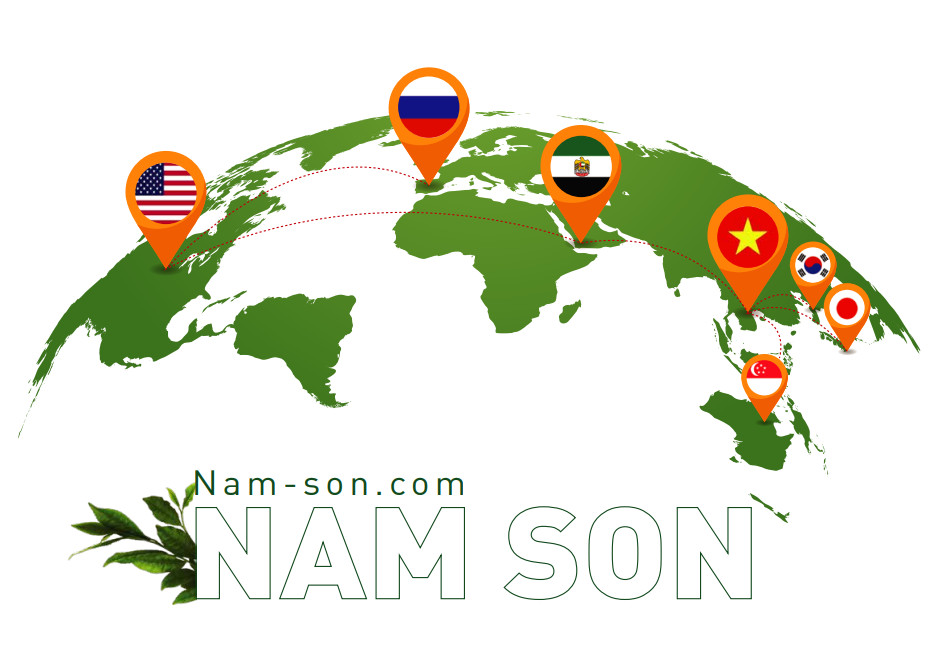Black Tea Export Potential – Quality Requirements & Market Trends
- Introduction to Black Tea Export Potential
Black tea is one of the most widely consumed teas globally, especially in major markets such as the US, EU, the Middle East, and Asia. Thanks to its rich flavor and versatility in processing, black tea continues to assert its position in the beverage industry. To penetrate and grow in international markets, it is crucial to understand export potential, quality standards, and consumer trends.
- Quality Requirements for Exported Black Tea

The quality standards for exported black tea typically include:
- Tea classification: Exported black tea is usually categorized into grades such as OP (Orange Pekoe), BOP (Broken Orange Pekoe), F (Fannings), and D (Dust). These grades reflect the size of the tea leaves and influence flavor.
- Moisture content: The moisture content of tea must be controlled below 5% to ensure freshness and prevent mold.
- Flavor & color: High-quality black tea should have a strong aroma, bold taste, and liquor color ranging from amber red to dark brown.
- Pesticide residues: Products must comply with international food safety standards, such as the EU Pesticide Residue Regulations, ensuring consumer health.
- Global Black Tea Market Trends
Recent trends in the black tea export industry include:
- Organic black tea: The demand for organic, chemical-free tea is on the rise, especially in Europe and North America.
- Blended & innovative black tea: The combination of black tea with ingredients like fruits and herbs is gaining popularity, attracting younger generations.
- RTD (Ready-to-Drink) black tea: Bottled black tea drinks infused with unique flavors such as honey, lemon, and ginger are dominating the market.
- Traceability: Modern consumers are increasingly concerned about product origins, requiring transparent information from farm to cup.
- Effective Black Tea Export Strategies

To optimize export potential, businesses should:
- Build a strong brand: Craft a compelling brand story, highlighting quality, origin, and production processes.
- Enhance product quality: Meet international standards and continuously innovate to satisfy customer needs.
- Diversify product lines: Develop product variations like organic black tea, instant tea, and tea bags to target different market segments.
- Connect with global partners: Participate in international tea fairs and B2B e-commerce platforms to expand customer networks.
- Conclusion
Black tea holds vast export potential due to its diverse flavor profiles and ability to cater to modern consumer trends. To succeed in global markets, businesses must prioritize product quality, stay ahead of trends, and implement clear strategies.
Contact Nam Son today to explore black tea export opportunities and take your products to international markets!
